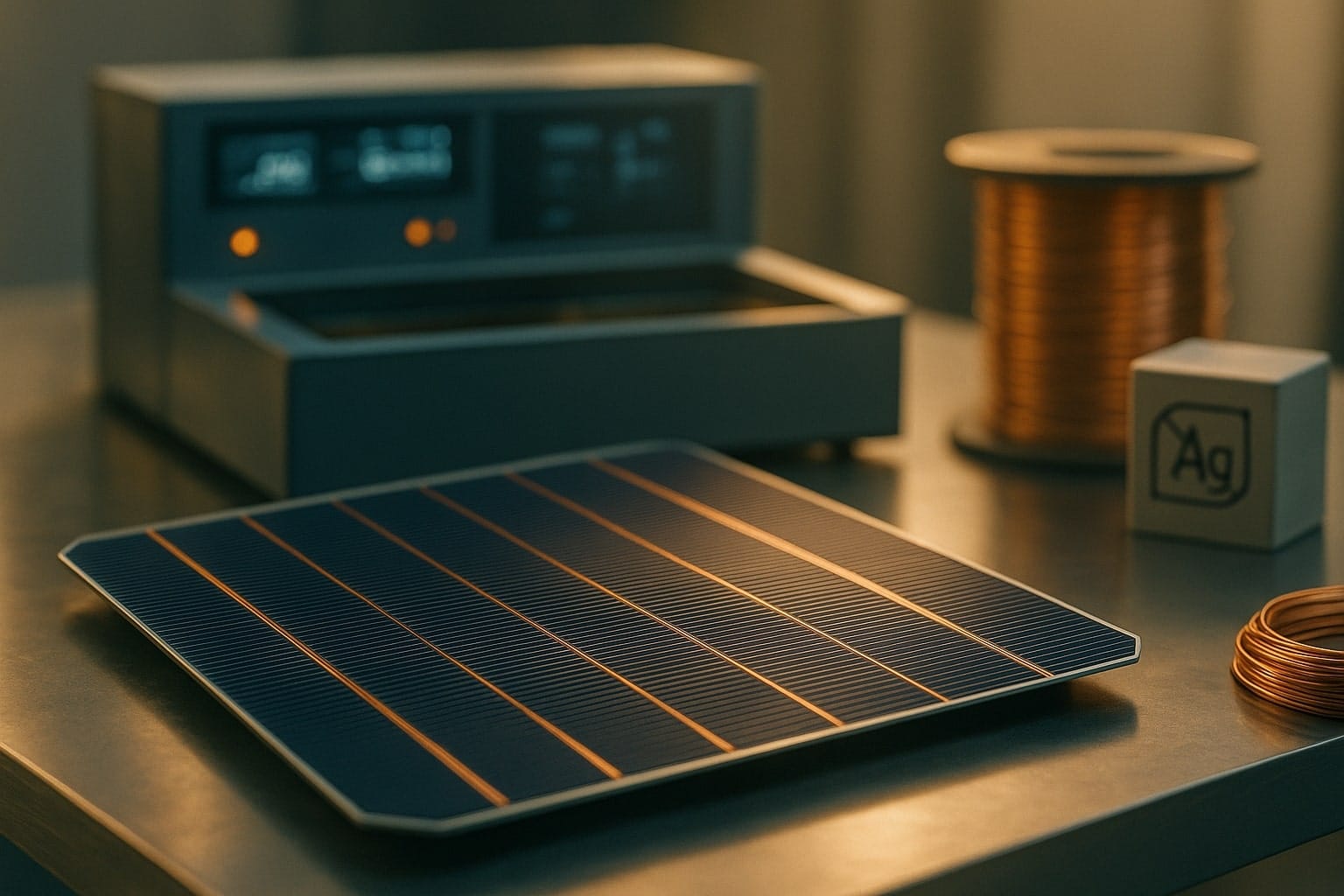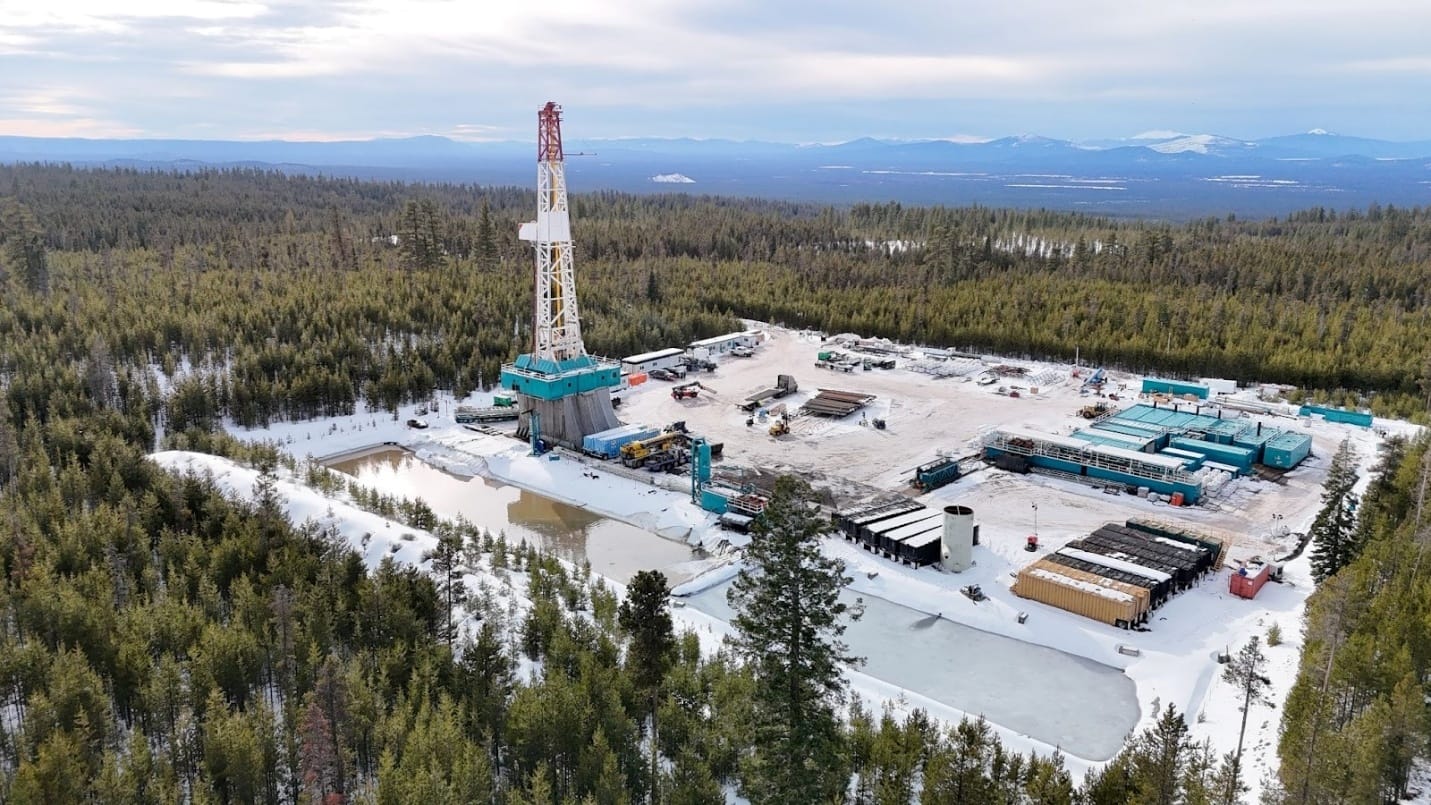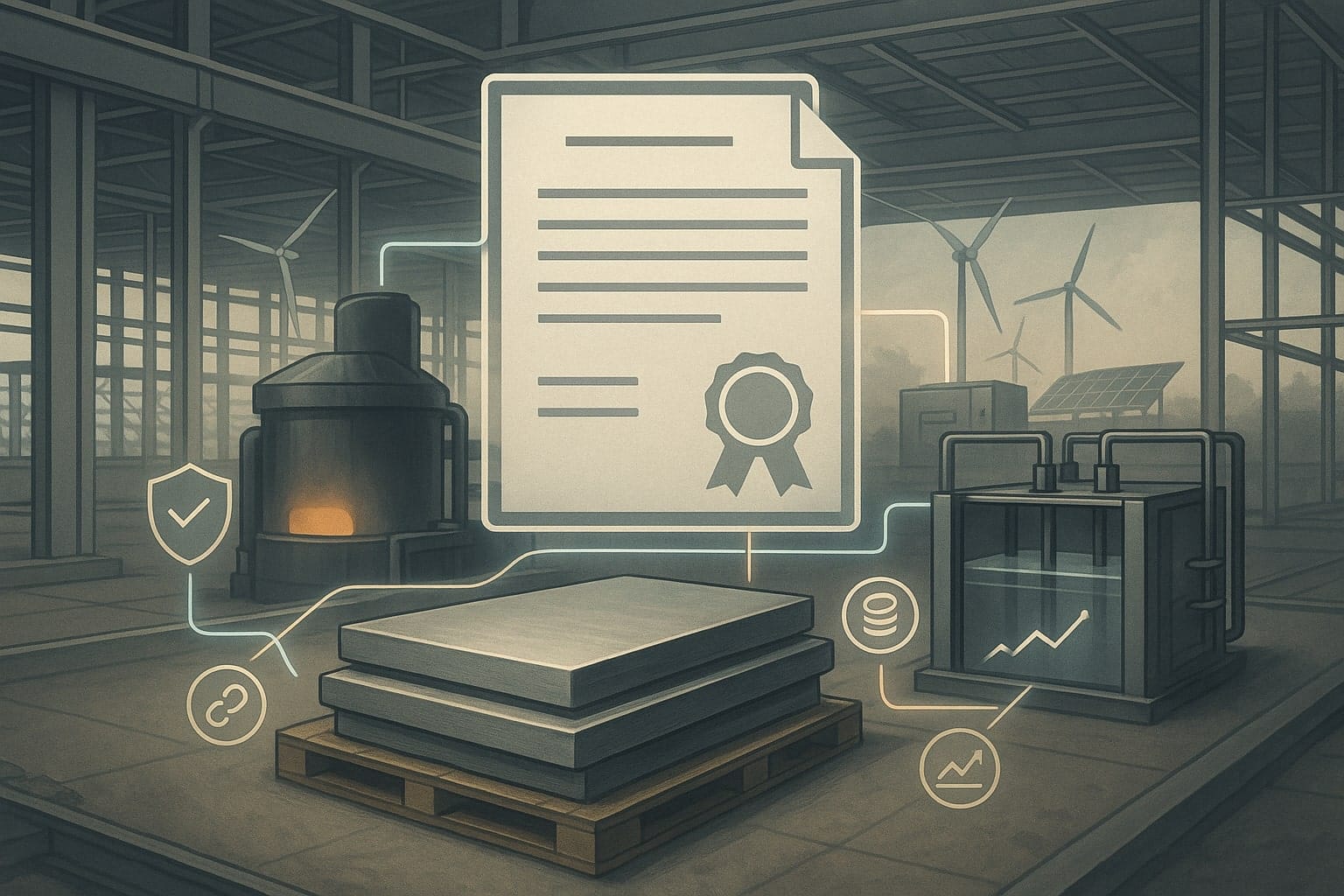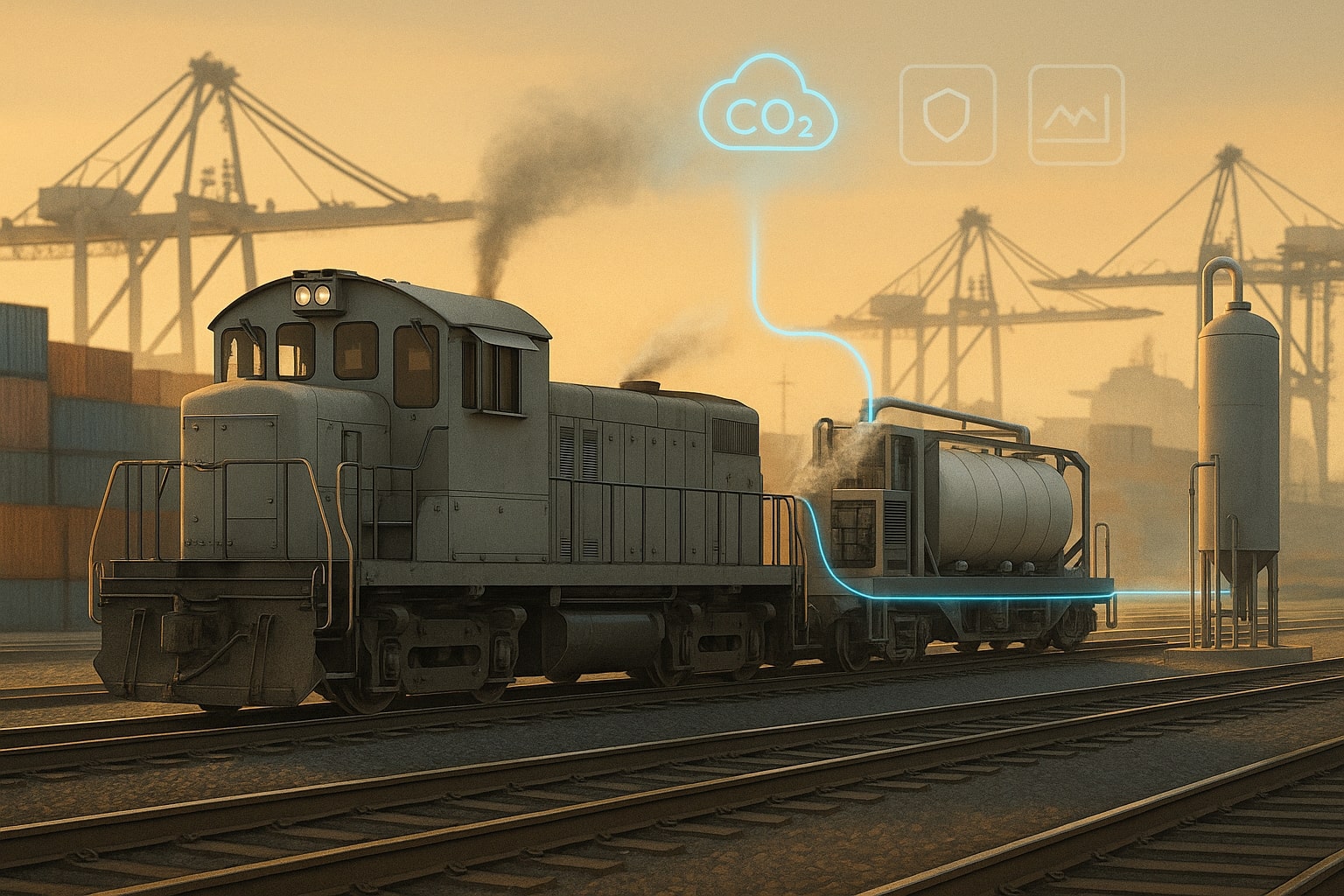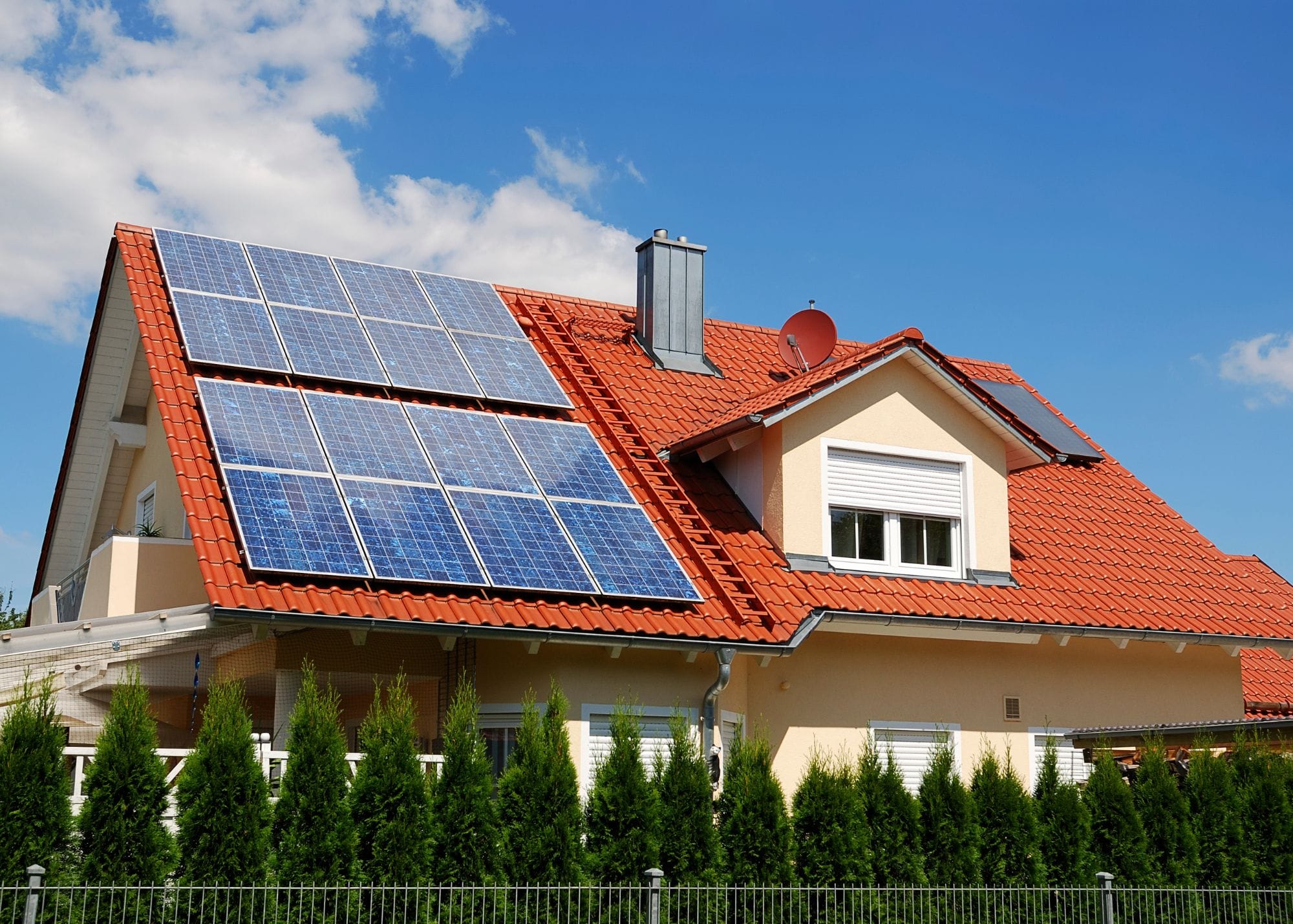Pacific Harbor Line’s new partnership with Remora brings mobile carbon capture to locomotives. If it works, the idea could rewrite the near-term playbook for cleaning rail yards—without waiting for battery or hydrogen fleets to arrive.
At the ports of Los Angeles and Long Beach—the country’s busiest container gateway—Pacific Harbor Line (PHL) does the unglamorous, essential work of shuttling trains between docks, terminals and the main lines. This week, the short line said it will develop and test on-vehicle carbon capture with Remora, a Michigan climate-tech start-up best known for attaching CO₂ scrubbers to diesel truck exhausts. The kit for rail won’t live inside the locomotive: it will ride in a tender car coupled behind it, “scrubbing” exhaust and bottling the CO₂ for reuse. It is an audacious port-first trial—and the rare climate story that is as much about operations and cashflow as it is about chemistry.
PHL isn’t dabbling from the sidelines. The railroad—owned by Anacostia Rail Holdings—has built a reputation for early moves on cleaner switching, and its parent’s chief executive is advising the start-up; PHL itself has taken an investment stake in Remora. Those ties matter: they increase the odds the pilot runs long enough, and hard enough, to generate the empirical data regulators and big railroads actually trust.
Table of Contents
ToggleWhy a port switcher is the right proving ground
Despite sweeping clean-air gains at the San Pedro Bay complex since 2005, locomotives still punch above their weight in certain pollutants. The Port of Los Angeles’ latest inventory (calendar 2023) attributes about 16% of port-related nitrogen oxides to locomotives (659 tons of NOx out of 4,078 total). For diesel particulate matter, locomotives are a third of the total (24 of 75 tons), and they account for roughly 7% of CO₂e (55,408 of 773,331 tonnes). That persistent slice explains why a port-based trial can move the needle even as ships, trucks and cargo equipment keep getting cleaner.
Ports also offer practical advantages. Switching duty cycles are short-haul and repetitive; trains return frequently to the same tracks and service points. That makes it easier to swap tender cars, offload captured CO₂ to fixed storage, and run instrumented A/B tests against baseline locomotives. It’s a far more forgiving regime than a 1,500-mile intermodal run. (PHL dispatches all BNSF and Union Pacific trains within the two ports and operates dense trackage within the harbor area.)
The hardware, translated into plain English
Remora’s rail package takes a simple idea—catch exhaust before it hits the air—and solves three locomotive-specific problems:
- Backpressure. Diesel engines hate exhaust restrictions; they sap power and can damage components. Remora says its redesigned system is “zero-backpressure,” a lesson learned after early truck pilots showed how quickly real-world moisture and soot can overwhelm neat lab designs.
- Where to put the mass. CO₂ is heavy. Rather than cram tanks and compressors into the locomotive carbody—already filled with prime mover, alternator, and cooling gear—Remora shifts the capture and liquefaction hardware into a separate tender car. Trains Magazine reports the system will “capture gas for reuse” and ride immediately behind the locomotive.
- Capture rate and co-benefits. For trucks, and now rail, the company targets up to ~90% CO₂ capture, while claiming sharp drops in soot and NOx (up to ~85%) as the exhaust is filtered and conditioned on the way to the capture unit. Remora argues that pairing capture with renewable diesel could even make operations net-carbon-negative on a life-cycle basis. These are company claims—promising, but they’ll need third-party verification on locomotives.
Remora has also bought a second-hand GE locomotive to use as a development mule at its Detroit-area site and says the rail variant can capture on the order of one tonne of CO₂ per hour at full chat—again, a claim the PHL pilot can test in the field.
The money question: who pays, who gets paid?
The most intriguing part of the model is that the CO₂ itself is a revenue stream. Remora plans to sell purified CO₂ (think beverages, agriculture, industrial uses) and share proceeds with transport partners, effectively turning each captured tonne into an offtake-supported operating subsidy for cleaner service. That’s not the same as a tax credit; it is a commercial market.
Could U.S. 45Q tax credits sweeten the economics? Perhaps—but policy lawyers caution that 45Q was written for stationary industrial sources and direct-air capture, with metering, storage and life-cycle rules optimized for plants, not moving locomotives. Mobile capture would have to clear thresholds and verification hurdles (and ensure storage/utilization that satisfies IRS rules) to qualify. In practice, today’s 45Q is not a turnkey fit for a switcher fleet. That makes the sale of CO₂—and avoided fuel/emissions charges—the near-term lever.
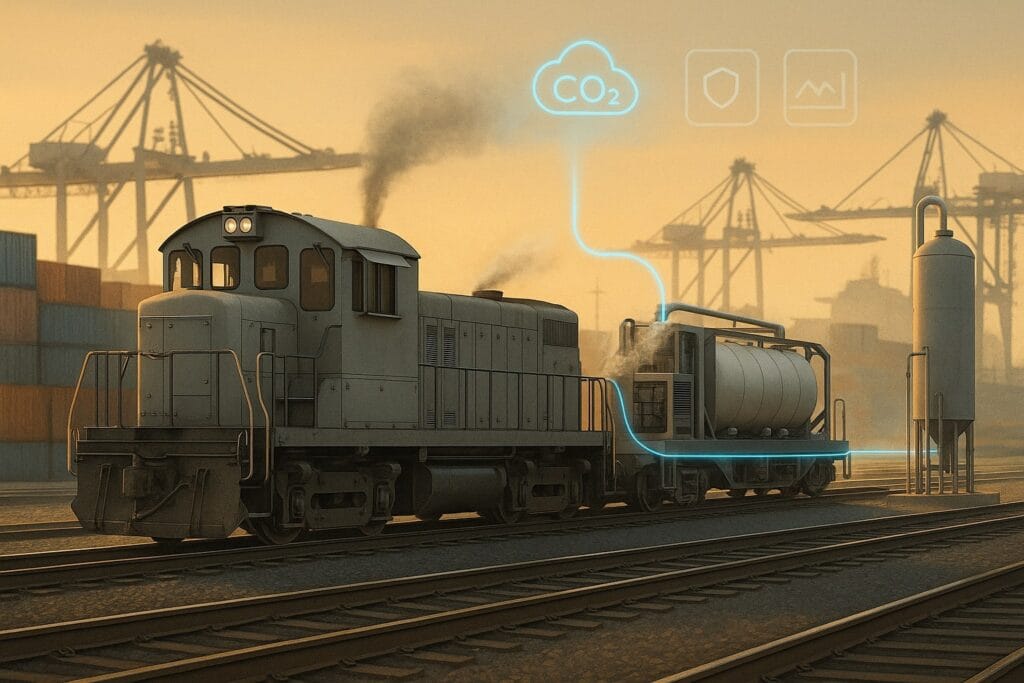
Policy whiplash makes “transitional” tech more valuable
California’s big stick for rail—the In-Use Locomotive Regulation adopted in 2023—was repealed in June 2025 after the state withdrew its request for a federal waiver and litigation loomed. In other words, the definitive zero-emission glidepath for freight locomotives in California has vanished for now. That doesn’t absolve port operators of pressure to cut NOx and diesel particulates, but it puts a premium on solutions that can scale without a mandate.
Locally, the politics remain fluid. On October 15, 2025, Governor Gavin Newsom vetoed a bill that would have curbed the South Coast air district’s authority at the ports, signaling Sacramento still wants strong air-quality tools—if not the exact rulebook of 2023. Expect regulators and community groups to scrutinize the PHL pilot for real-world NOx/PM cuts, not just CO₂ tonnes.
What success would look like in numbers
A credible pilot should answer four quantitative questions:
- Capture efficiency and uptime. Does the system consistently achieve the advertised ~90% capture across switching duty cycles, and what’s the availability (hours captured ÷ hours operated) once crews run it hard?
- Co-pollutant reductions. How much NOx and DPM drop at the stack, verified with independent instrumentation—and how do those reductions translate into fenceline air-quality improvements at nearby schools and neighborhoods? (The Ports’ inventories and past health-risk assessments make this a measurable public-health win if borne out.)
- Energy penalty and fuel. What’s the fuel-use hit from driving compressors and pumps, and does using renewable diesel meaningfully change the life-cycle math? (Remora’s own materials claim substantially lower energy per tonne versus incumbents, but verification on rail is key.)
- CO₂ logistics. How quickly can crews swap tenders, and is there stable local demand for food-grade or industrial CO₂ to keep the utilization revenue flowing? (If the market clears nearby, rail could avoid long backhauls of captured CO₂ that erode benefits.)
Answer those, and the technology has a shot at moving from pilot to procurement—especially for yard switchers at ports, refineries and steel plants where rails run short, slow and predictable.
The competitive set (and what this doesn’t replace)
The long-term decarbonisation menu for rail is crowded: battery-electric (excellent for regeneration but range-limited), hydrogen fuel-cell (better range, infrastructure scarce), renewable diesel (helpful for CO₂ intensity, modest on NOx/PM). PHL itself has demonstrated battery equipment in the harbor. Mobile carbon capture doesn’t cancel those pathways; it buys time—particularly for near-term NOx and DPM cuts in communities that have waited decades for relief.
There are also wild-cards on the horizon. Academic teams have proposed rail-based direct air capture mounted on dedicated railcars that harvest CO₂ from ambient air using the slipstream created by moving trains. That is a very different proposition from Remora’s exhaust capture—but it underlines how rail rights-of-way could become carbon infrastructure as well as freight arteries.
What could go wrong
- Weight and maintenance. CO₂ is heavy; capture media and cryogenic tanks will add substantial mass. Every pound on the tender must earn its keep without raising fuel burn so much that the climate benefit disappears. Maintenance cycles for sorbents and filters will be watched closely. (Remora says its redesign addressed moisture and clogging seen in earlier truck pilots.)
- Backpressure in the wild. Even with a “zero-backpressure” design, real-world soot loads and crew practices can surprise system designers. Any hint of power loss or reliability issues will kill adoption among railroads that live and die by availability.
- Policy fit. Without a clear 45Q pathway for mobile sources, project finance leans on CO₂ commodity revenue and customer willingness to pay for lower-emission service. That is doable at ports where tenants face air-quality covenants, but harder on the open network.
The overlooked business angle
Because the tender is a revenue-earning asset—a rolling CO₂ factory with commodity output—the economics do not depend solely on a railroad’s capex appetite. Shippers and terminal operators can co-fund in exchange for measurable air-quality improvements, and third parties can own/operate tenders and offtake the CO₂. That unlocks lease-like structures that short lines can live with. It also means PHL’s pilot will be read not just as a tech demo, but as a contracting experiment for emissions outcomes at complex, multi-party sites.
Zooming out: ports are getting cleaner—but locomotives remain a durable slice
The Port of Long Beach’s new 2024 report shows diesel particulates down ~90% and NOx down ~68% since 2005, even as volumes rose—proof that targeted measures work. Yet the Port of LA’s detailed 2023 numbers make clear that rail remains material, especially for NOx and DPM. A credible locomotive capture option would give port managers one more lever while they wait for next-gen motive power to mature.
Bottom line
PHL and Remora are testing the rare climate fix that could pay its own way and cut the pollutants communities feel most—now, not in 2035. The pilot’s verdict will turn on measurement, not marketing: stack data, uptime logs, tender swap times, and independently verified fenceline air results. For a sector that just watched California’s headline rail mandate evaporate, a practical, portable, revenue-backed way to clean up diesel yards would be a notable win.
If the Los Angeles harbor proves the concept, expect copycat tenders to appear at other ports and industrial hubs—starting with places where locomotive NOx and DPM still dominate local exposure and where CO₂ has a nearby buyer.


